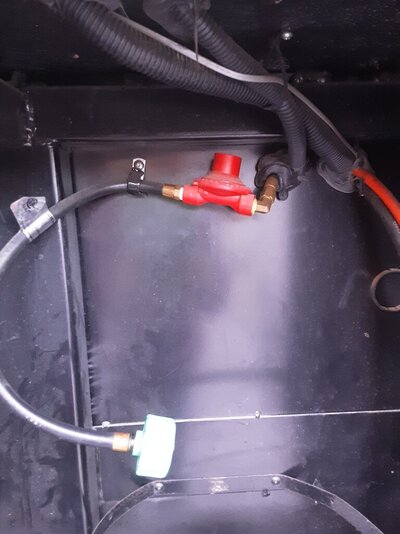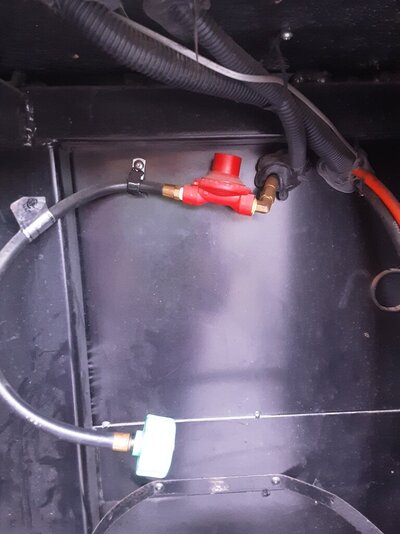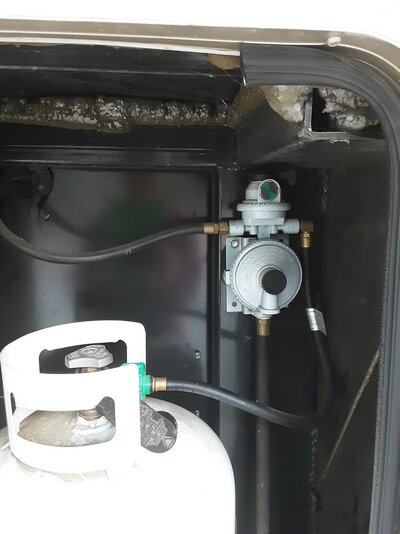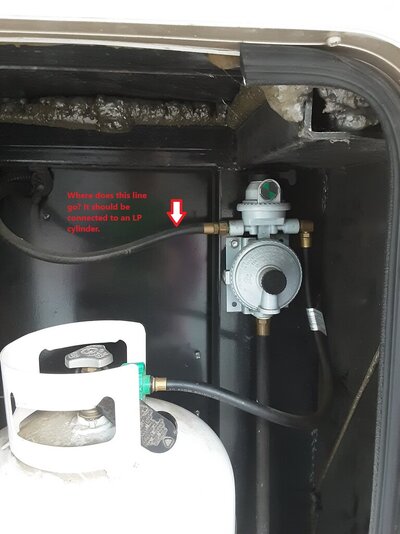SMR
Well-known member
I have 2 tanks and only have one open at a time. Tonight when I opened the valve on the tank air started coming out of the regulator, since I didn't smell propane I let it go for a bit and then it stopped.
To be safe I closed the valve and swapped tanks.
I've never had this happen before did the valve go bad?
Thanks
To be safe I closed the valve and swapped tanks.
I've never had this happen before did the valve go bad?
Thanks




